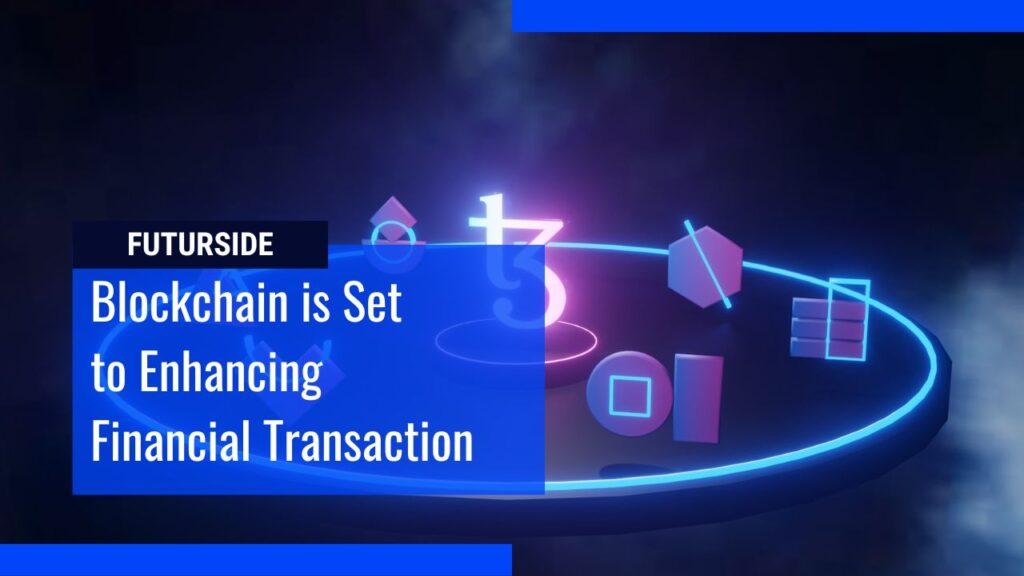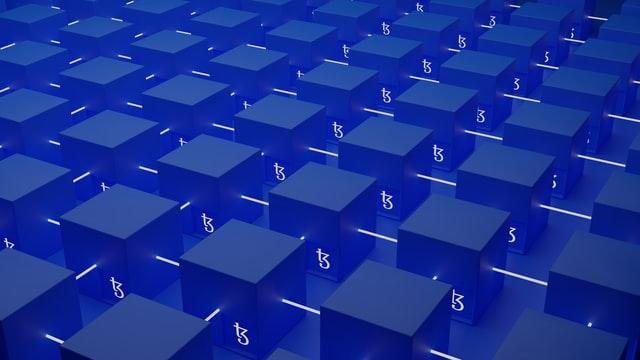Every day, billions of transactions are made in the global market economy. With each one, there are at least two counterparties, they can be buyer and seller, insurer and insured or borrower and lender. More broadly, humans engage in all kinds of transactions where there is a party and a counterparty.
A transaction is an agreement, which can be a legal agreement such as marriage, divorce, or a will that distributes property after someone dies. Until now, transactions were mostly carried out by official registries that were centralized and controlled by an entity or person trusted by all users or most frequently, created by the state.
Record-keeping and record-sharing were mostly done by written and printed books. But digitalization has changed the way these processes are carried out. And the blockchain, with its unique decentralized and immutable nature, promises to bring about even more revolutionary change. What exactly is blockchain?

The blockchain is a new form of distributed computing system that creates a virtually tamper-proof chain of data. This chain acts as a chronological history of transactions and anyone within a network can see the history. In this way, blockchain can be used to improve customer trust, improve financial services and create new industries.
One of the most obvious benefits of blockchain is that it helps to ensure the security of information, as each user of the network is responsible for validating and updating the information in the ledger.
The main difference between this distributed database and traditional databases controlled by financial institutions is its ability to provide immutable public records.
Unlike traditional databases, blockchains are decentralized and transparent and each participant receives a unique alphanumeric identifier. Once a transaction is recorded, it enters a permanent record. This means that any transaction made on the distributed network is irreversible.
Here’s how it works, the idea of the blockchain is very simple, imagine a record where every time a transaction is carried, the information is inscribed starting with the top row. The next transaction is inscribed in the row after and so on. The only rule is that each transaction must be written next to the one previously entered, ensuring that there are no gaps.
Thus, as people contribute, the top row fills up, then the row below and so forth. No record can be erased once it has been entered into the record and everyone can see every record. Once the record is full, a second one is built in parallel and the process resumes.
According to a report by the European Union, digital registry technologies create “opportunities in all kinds of public services such as health and welfare payments and at the frontier of blockchain development, are self-executing contracts paving the way for companies that run themselves without human intervention.”
Technology like the blockchain can make transaction processes easier and cheaper. And it won’t end there. The blockchain could also lead to the “tokenization of everything” or essentially creating a digital certificate of equities, commodities, debt, real estate, art, births, civil unions, diplomas, votes, and so on.
Even data could be turned into a token. The most pathbreaking potential of blockchains is that they “shift some control over daily interactions with technology away from central elites, redistributing it among users. In doing so, they make systems more transparent and perhaps, more democratic.” This might well reverse centuries of centralization, undo the relationship between citizens and governments and unravel bureaucracy as we know it.

The beauty of the blockchain is that it enables all manner of lateral extensions. One possible development would combine digital currencies with smart contracts, digital record management and decentralized autonomous organizations where decisions are made outside of the usual hierarchical structures, all supported by the blockchain.
In doing so, blockchain technology can increase transparency. As consumers and people are increasingly demanding transparency in an era flush with stories of corporate exploitation of people and resources. Distributed ledger technology is a good choice for transparency because they are highly decentralized. Unlike conventional systems, it can be used to reduce fraud.
Blockchain can also increase transparency in war-torn countries, which often lack the necessary infrastructure for legal transactions. The absence of a Recorder’s Office makes it difficult to prove ownership. By establishing a transparent history, blockchain can help protect property rights.
One of the most revolutionary applications of the blockchain is smart contracts, which can be used to automate transactions. These contracts are computer codes that facilitate the verification terms and agreements. Once created, a smart contract can execute the terms of an agreement automatically.
These digital contracts can act as digital rights management systems or signals for the delivery of goods. They are already being used in banking, venture funding and even digital rights management. In addition, these contracts can track a series of variables, such as the price of oil, to help determine when and how to pay for a good or service.
Another great benefit of blockchain is its decentralization. The decentralized nature of the systems makes it difficult for a hacker to control the network or cause a disruption. The most popular blockchain networks, make the networks much more secure because the more nodes participating, the more individuals are checking their work and reporting bad actors.

When talking about transactions, people usually think of the exchange of money. But distributed ledger has many applications beyond finance and financial services. While initial interest in blockchain will likely come from the enterprise, business and financial sectors, it can also empower other industries with features such as faster payments, provenance tracking and shared asset ownership.
The United Nations World Food Programme has begun using blockchain technology in its distribution of humanitarian aid to refugees. Many refugees cannot open bank accounts due to their refugee status. By using biometric authentication technology, such as iris scanning, WFP can identify individuals who need assistance and then transfer payments directly out of their blockchain-enabled accounts.
The technology is also reducing the need for central banks and individualized currencies. Using distributed ledger technology, anyone can send crypto to anyone in the world with no middlemen. People can also create their own currency. In addition to reducing costs, it can help banks and financial institutions simplify their clearing and settlement processes, eliminating the need for middlemen.
Hence, the impact of blockchain on the world will be far-reaching and profound. The process of awarding funds to governments and the way it is expended is usually inefficient and often confusing, which leads to a loss of public money and opens the door to corrupt governing bodies. The technology will allow public trust in such systems, reduce costs and minimize the risk of illicit financial transactions.
Although adoption rates of blockchain are still low, recent findings indicate that the technology is destined to change the world. While the future of blockchain remains unclear, it is already having a big impact on a range of use cases.

0 Comments